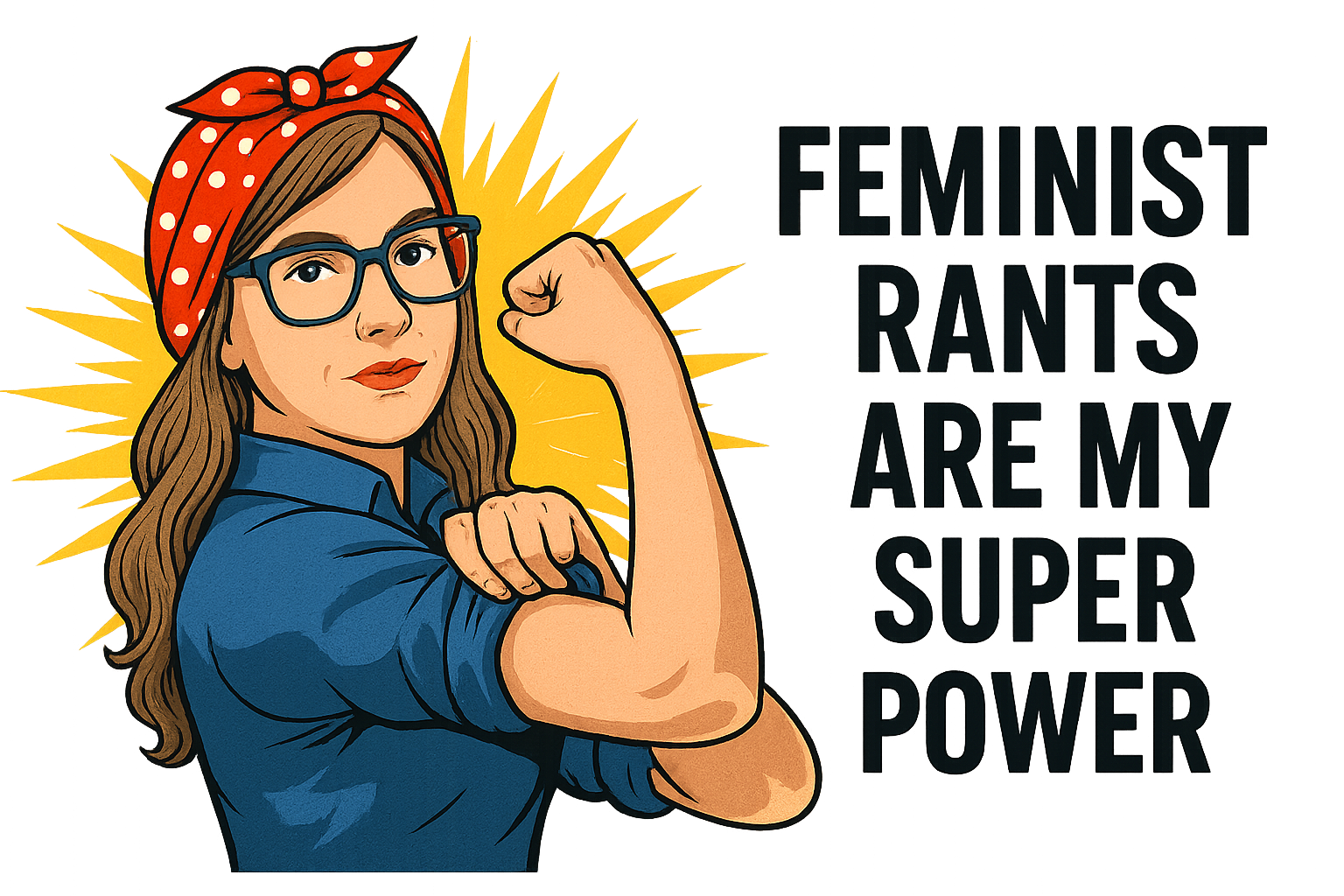
How to Be Your Own Life Coach
By Becky Mollenkamp, PCC
Hiring a coach, especially a good one, is a big financial investment that typically costs thousands of dollars. As a life coach myself, I certainly think coaching is worth every penny (that’s why I’ve also invested in coaches). That said, I also recognize that it’s not always in the budget.
Just because you can’t pay for a coach, doesn’t mean you can’t benefit from coaching.
It’s entirely possible (though a bit more challenging) to coach yourself. It involves thinking about your situation in a new way. That’s easier with an outside perspective, of course, but it’s possible to dig deeper with yourself using these self-coaching tips.
Self-Coaching Strategies
Perhaps the most common self-coaching tool is using a self-coaching model. The most common is CTFAR, which stands for Circumstance, Thoughts, Feelings, Actions, and Results.
A famous coach trainer (whose beliefs do not align with mine so I won’t share her name) popularized this method, but didn’t create it. It’s based on Cognitive Behavioral Therapy (CBT), which has been practiced since the 1950s.
In short, CTFAR says that there is a circumstance, about which we create thoughts. Those thoughts create feelings, those feelings drive us to take action, and those actions create the results in our lives.
The most important element of CTFAR is that most circumstances aren’t inherently good or bad. We attach meaning to them based on our own past experiences, current mood, values, and more. And we can make choices about how we think, feel, and react to them.
How Do You Use the Self-Coaching Model?
The goal of using the self-coaching model is to step outside of your own patterns, to remove judgment of circumstances and thoughts, and to make new empowered choices about how you want to respond to events.
Let’s take a look of a few examples of the self-coaching model in action:
Example 1:
Circumstance: My schedule is full.
Thought: “I don’t have time to work on my book.”
Feeling: Frustration
Action: Being short with clients, family
Result: Not working on the book.
Here’s how recognizing this pattern can help you adjust, reframe, and make new choices about the same circumstance:
Circumstance: My schedule is full.
Thought: “I can make time to work on my book.”
Feeling: Excitement
Action: Changing appointments, putting writing time on the calendar.
Result: Working on the book.
Example 2:
Circumstance: My bank balance is low.
Thought: “I’m going to be broke!”
Feeling: Fear
Action: Not buying anything
Result: Not having much money.
Here’s how the pattern might change for the same circumstance:
Circumstance: My bank balance is low.
Thought: “I can make more money.”
Feeling: Hopeful
Action: Sell things on Facebook Marketplace while looking for a new, higher-paying job.
Result: Having more money.
Example 3:
Circumstance: My weight has increased.
Thought: “I feel bad about myself.”
Feeling: Guilt and shame
Action: Eat comfort foods to stuff the feelings
Result: Feel worse about myself.
And here’s another way the same circumstance might play out with a change of thinking:
Circumstance: My weight has increased.
Thought: “I am worthy no matter what.”
Feeling: Relief, pride
Action: Do something fun that I enjoy.
Result: Feel good about myself.
As you can see, this model hypothesizes that our results prove our thoughts. Even if the circumstance stays the same, you can get a different result by changing your thoughts (which will then change your feelings and actions).
Pros and Cons of Self-Coaching Model
I largely think this CTFAR self-coaching model is helpful and empowering. It helps people understand that thoughts aren’t facts, and see a path toward making different choices about how they respond to many circumstances.
The self-coaching model can be a powerful tool for dealing with many of life’s challenges. When you get accustomed to noticing routine circumstances, and automatically running this mental checklist, you are likely to regularly make different choices that alleviate a lot of stress.
It’s also important to recognize that the self-coaching model isn’t perfect. It’s overly simplistic and is often “prescribed” as THE solution to any issue. The messaging around it is often boiled down to “change your thoughts, change your life.”
Sure, very often change is as simple as choosing new thoughts (and, then, feelings and actions). But there are times when that is simply not true.
It is disingenuous and harmful to tell people to apply the CTFAR model to very real problems like racism, sexism, homophobia, etc. All circumstances are not neutral, and they can’t always be changed just by changing one individual’s thoughts.
Use this model when it feels helpful and empowering. Don’t use it when it leaves you feeling victimized or shameful. That advice is true for all coaching methods.
Self-Coaching Questions
When the self-coaching model doesn’t feel helpful, or if you generally aren’t a fan of it, there are other ways to be your own life coach.
At its core, coaching is about asking powerful questions. Coaches shouldn’t tell people what to do; they should ask and listen as a way to help clients come to their own decisions.
(Other helpful posts: What does a coach do exactly? and Coaching Isn’t Therapy)
The more thought-provoking questions you have at your disposal, the more likely you’ll be to evaluate any situation. Self-coaching questions help you better understand your own thinking, unpack your unconscious patterns, and consider new ways of thinking, feeling, and acting.
To get you started, here are dozens of self-reflection questions that can be helpful when coaching yourself.
7 questions for when you feel stuck:
1. What am I tolerating?
2. What am I avoiding/dreading?
3. Do I really want change?
4. What fear is keeping me from taking action?
5. How might I be making it more difficult than it needs to be?
6. What if I allow myself to do it without being motivated?
7. Can I give myself permission to do it messy?
4 questions to help you have a better day:
1. What’s one thing I can do to move me even incrementally closer to my goal?
2. How can I live into my values today?
3. What’s one way I can express (show) my gratitude today?
4. What’s one way to show myself love today?
4 questions for self-love:
1. What might shift if stopped seeing myself as broken and needing to be fixed?
2. What might change if I stopped expecting someone or something to fix me?
3. How does it feel to consider myself unfinished instead of broken?
4. What would it look like to compassionately love and accept myself as I am?
5 questions for when you feel afraid:
1. What’s the best that could happen?
2. Is this as important as I’m making it feel?
3. How could I reframe this as excitement?
4. How committed am I to that feeling?
5. Who benefits/profits from me thinking/feeling/acting this way?
3 questions for when you’re making a decision:
1. What’s the most loving thing I could do for myself right now?
2. What would feel good to do?
3. Is what I’m about to do helpful or harmful, or nurturing or defeating?
More Self-Reflection Questions
If you want to dig even deeper into some specific areas of your life, I highly recommend developing a regular journaling practice. You can learn more about how to do that in my detailed Journaling for Success post.




Absolutely! We make time for the things that are important to us, and it’s always shocking to sit down and realize how much time it’s easy to spend on Netflix, Facebook, etc.
So true. I know I’m guilty of wasting a lot of time online, Rachel… Thanks for reading and commenting!
I totally agree! I hope these tools helped you create a bit more time for yourself!